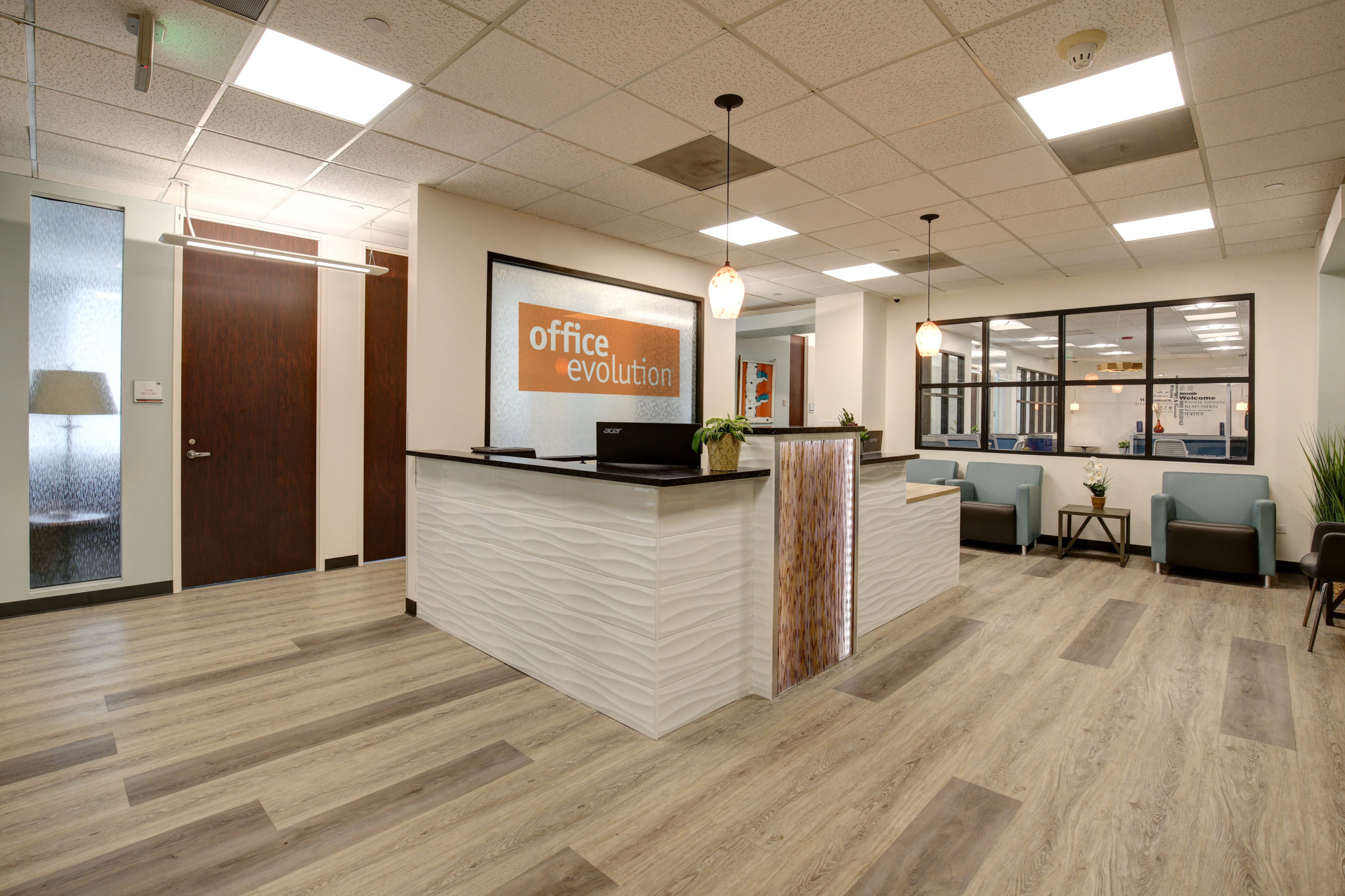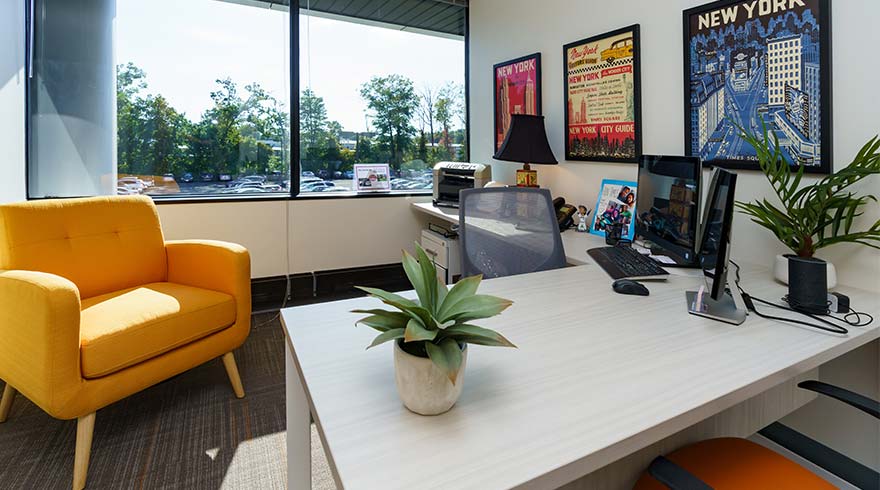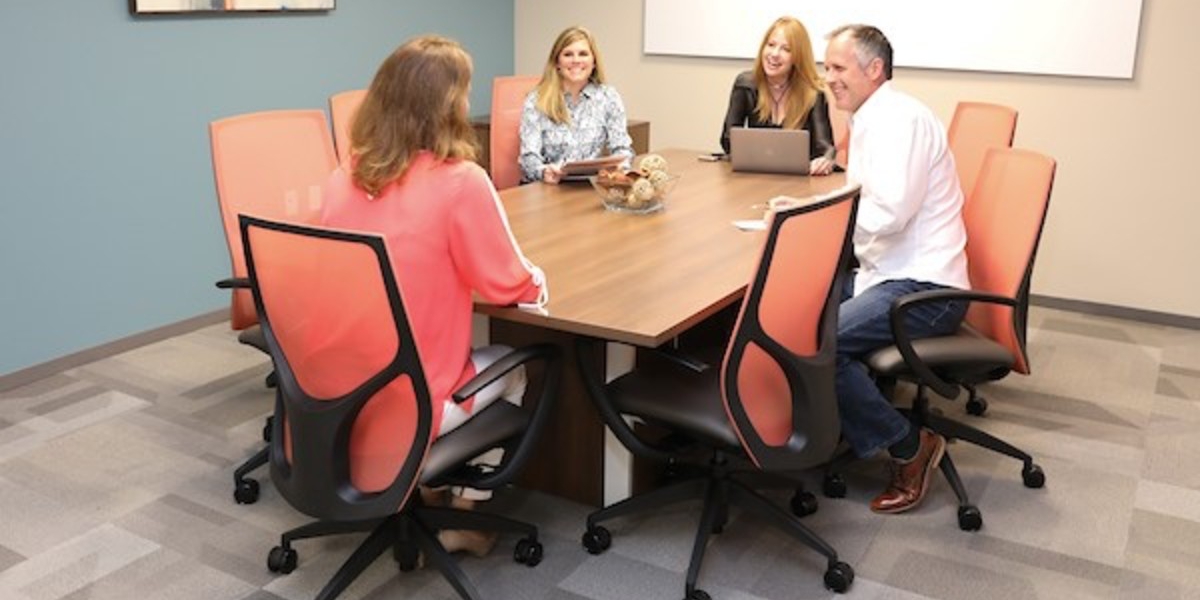
Utilizing Coworking Spaces for a Flexible Workforce
The traditional, office-bound workforce is going the way of the dinosaur as a more flexible workforce becomes the modern reality for many workers today. The availability of coworking spaces, shared office space, and collaborative workspaces make a more flexible workforce both possible and more convenient.
Flexible Workforce by the Numbers

What is a flexible workforce, exactly? That depends on who you ask, but generally, a flexible workforce may include part-time employees, contingent workers, independent contractors, full-time employees who work remotely, and gig workers.
As large corporations and small firms all realize the advantages of a more flexible workforce, this model continues to grow.
According to a Global Workplace Analytics report:
- Regular work-at-home, among the non-self-employed population, has grown by 173% since 2005, 11% faster than the rest of the workforce and nearly 47 times faster than the self-employed population.
- 4.7 million employees now work from home at least half the time.
- Forty percent more U.S. employers offered flexible workplace options than they did five years ago.
- Larger companies are most likely to offer telecommuting options to most of their employees.
- New England and Mid-Atlantic region employers are the most likely to offer telecommuting options.
- Full-time employees are four times more likely to have work-at-home options than part-time workers.
- 50% of the US workforce holds a job that is compatible with at least partial telework and approximately 40% of the workforce works remotely at some frequency.
- 80% to 90% of the US workforce says they would like to telework at least part-time. Two to three days a week seems to be the sweet spot that allows for a balance of concentrative work (at home) and collaborative work (at the office).
- Fortune 1000 companies around the globe are entirely revamping their space around the fact that employees are already mobile. Studies repeatedly show desks are vacant 50-60% of the time.
Advantages of the Flexible Workforce
What’s the attraction to a more flexible workforce? There are many advantages to this model. Here are just a few:
- Access to a larger talent pool. Unlike past generations, today’s companies can source talent virtually from anywhere. With technological advances like video conferencing, high-speed WiFi, and cloud communications and collaboration platforms, companies are no longer limited to hiring strictly local talent. Furthermore, the option to work flexibly is a big draw for top talent, enabling forward-thinking companies to attract the best and brightest new hires.
- Reduced overhead. Rather than maintaining a large corporate building with many potentially empty offices, allowing workers to work remotely enables companies to pare down their office space needs, considerably reducing overhead costs. Additionally, hiring independent contractors to bridge talent gaps enables companies to remain lean and agile, eliminating some of the cost of hiring full-time employees.
- Increased scaling capabilities. For smaller firms looking to grow rapidly, a flexible workforce that includes freelancers and independent contractors can spur growth while still keeping a lid on operating costs.
- Increased sustainability. Allowing workers to work remotely saves considerable wear and tear on the planet. According to the same Global Workplace Analytics study, if those with compatible jobs and a desire to work from home did so just half the time, the greenhouse gas reduction would be the equivalent of taking the entire New York State workforce permanently off the road.
- Happier, more productive workers. Allowing workers the freedom to work where and when they are most happy increases employee satisfaction and productivity, which, in turn, increases company revenues.

How Coworking Space and Flexible Workspace Support a Remote Workforce
Though it is true that many remote workers do most of their work from home, there are also many circumstances that make utilizing flexible workspaces or coworking spaces a smart move. Coworking spaces give remote workers access to amenities like conference rooms for important client meetings, phone and mail delivering support, drop-in day offices with access to needed office equipment, and much more.
If you are currently a part of the growing flexible workforce movement, don’t limit yourself to the four walls of your own home. Find the Office Evolution location nearest you and take a tour of our flexible workspaces today.